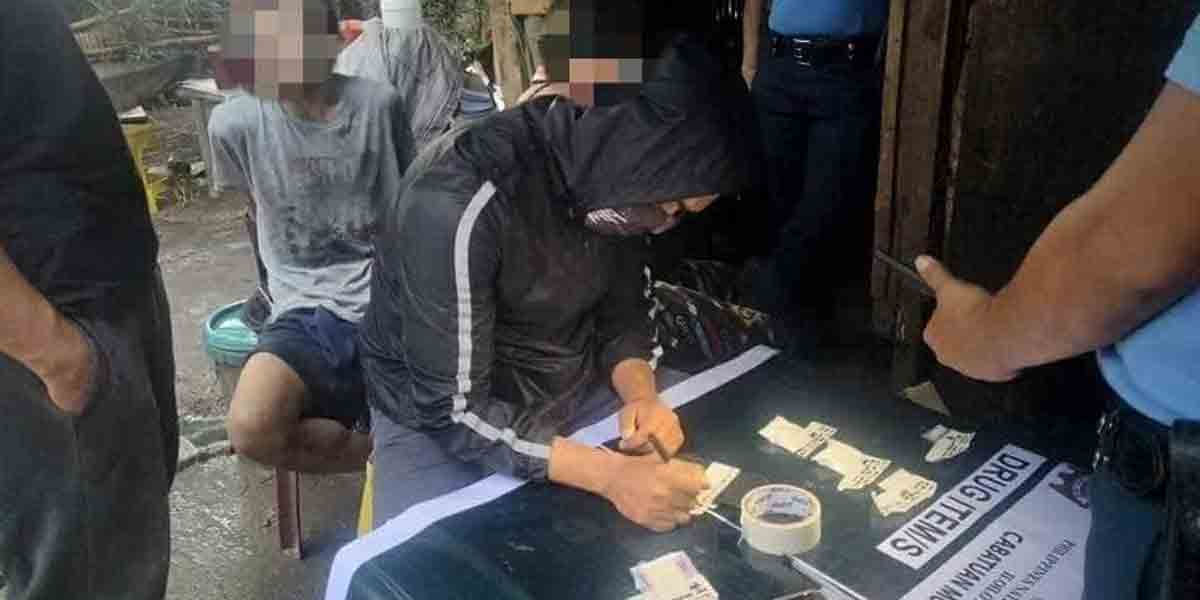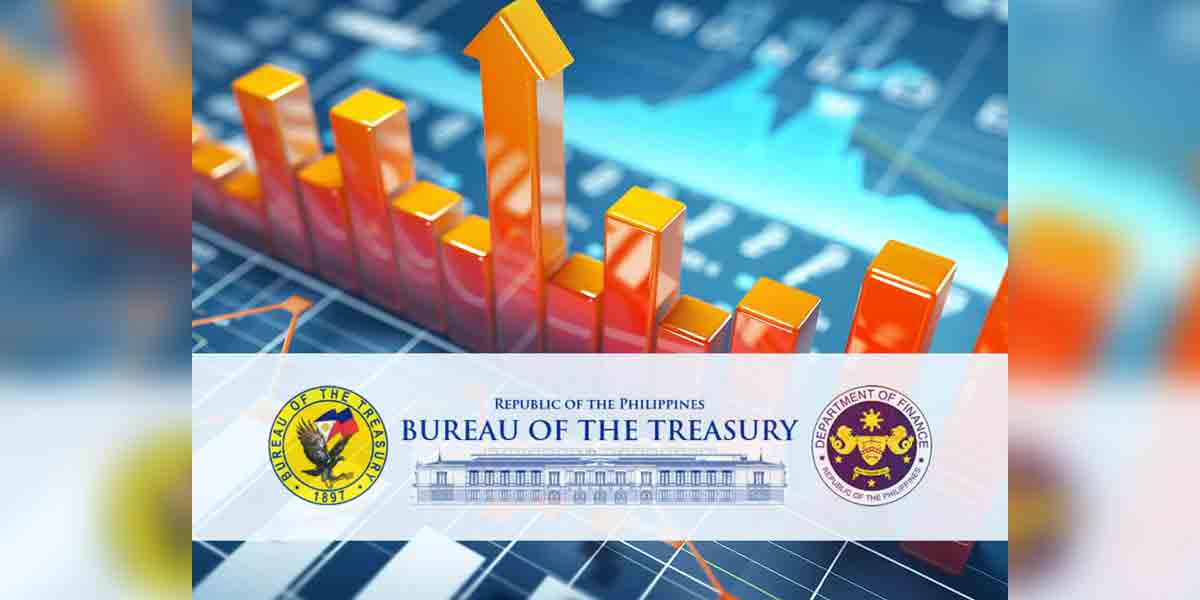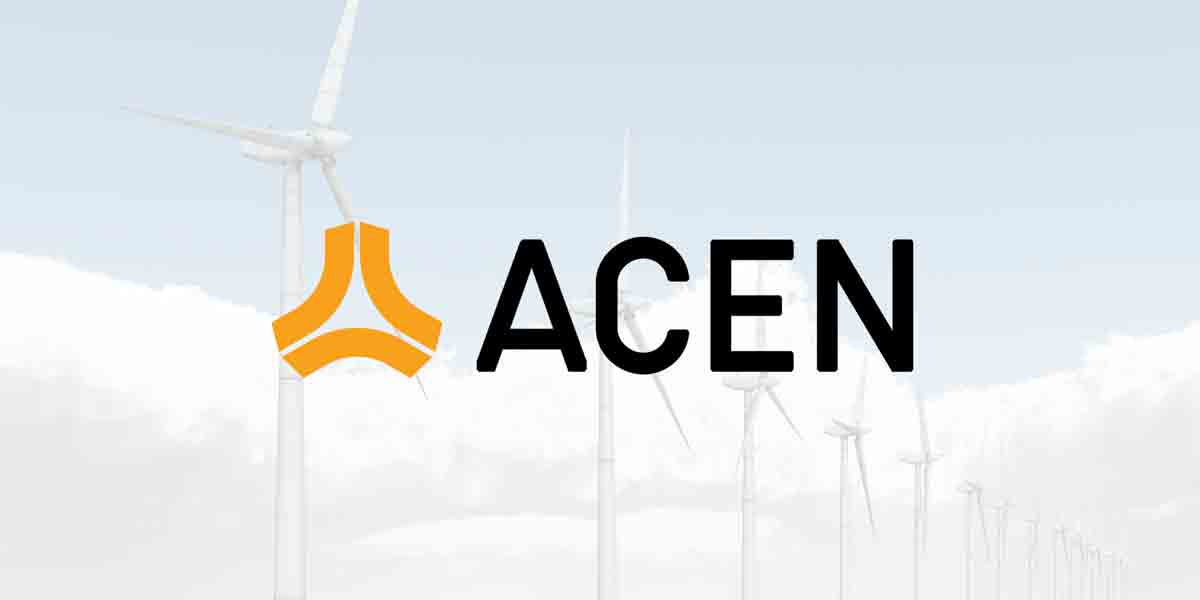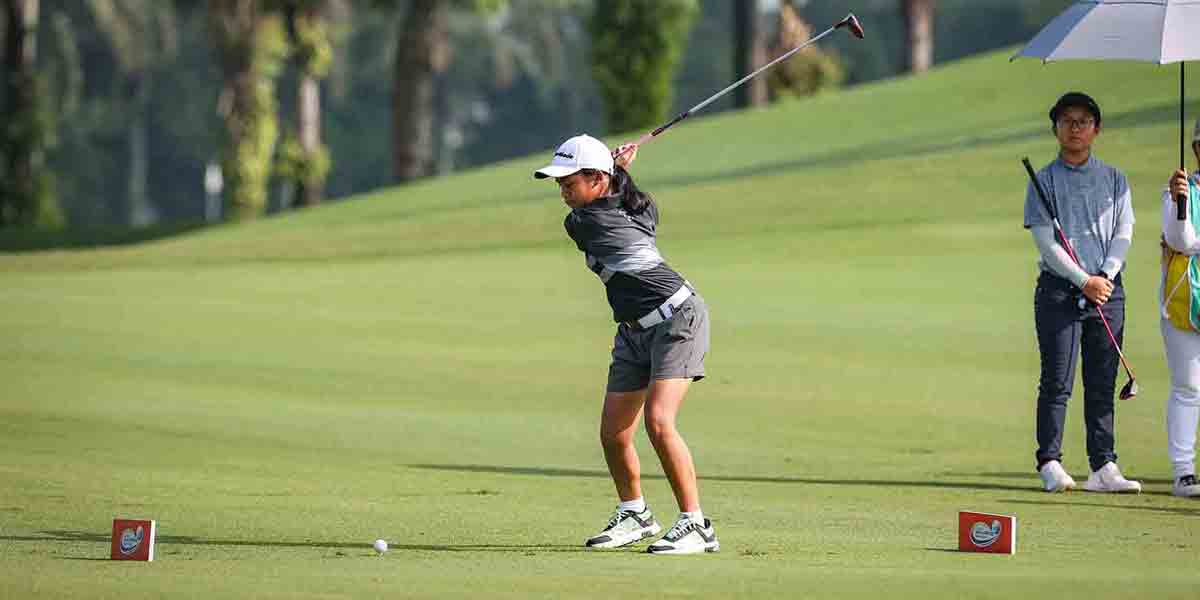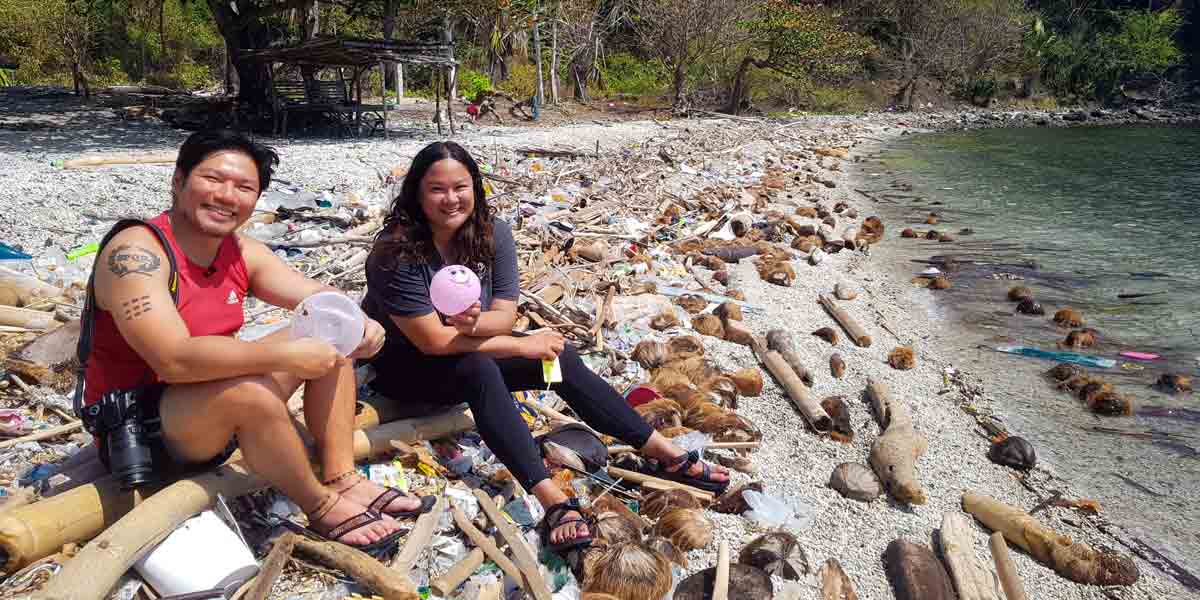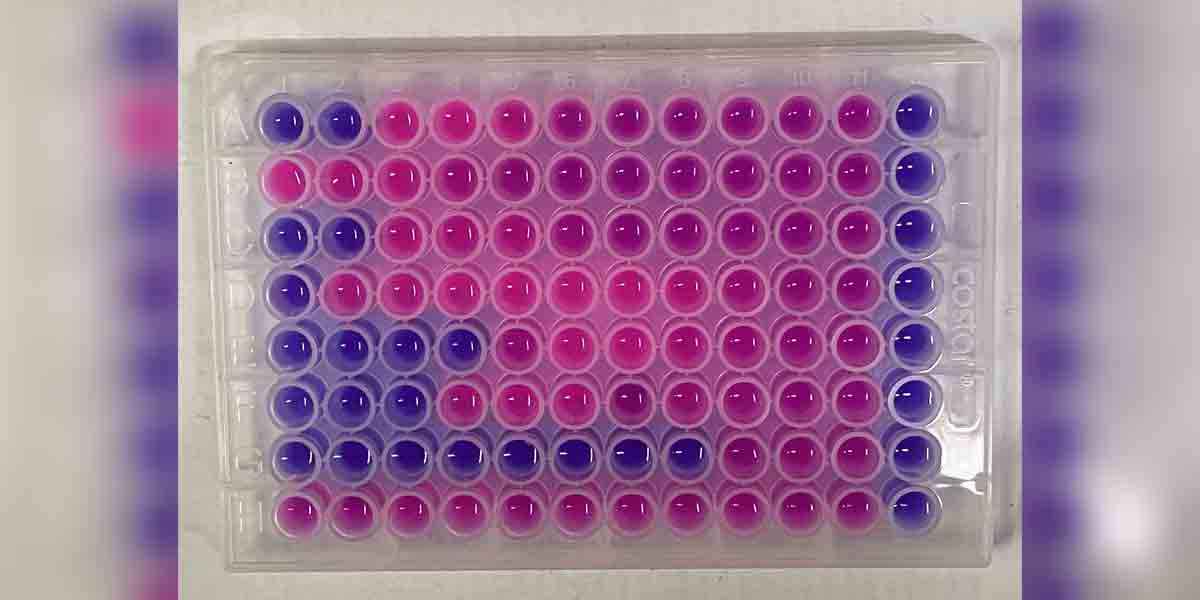The Philippine K-12 education system, once heralded as a transformative reform, has instead exposed deep flaws that continue to undermine student success.
Data analysis by the Institute of Contemporary Economics (ICE) and the latest EDCOM 2 report confirm what many educators and parents have long feared: K-12 has failed to deliver its promised improvements in learning outcomes, retention, and workforce readiness.
One of the most alarming findings is the high attrition rate. Four out of every ten students who enter the system do not complete Grade 12. The reasons are manifold—poverty, inadequate school resources, and a curriculum that does not align with real-world needs. In Western Visayas, 88% of students manage to complete Grade 6, a slightly better rate than the national average, but progression to higher levels remains dismal. Only 6 in 10 students reach Grade 10, suggesting that junior high school is a major bottleneck in student progression.
Learning poverty, a critical issue highlighted in the white paper and EDCOM 2 findings, remains unaddressed. Nearly 90% of Filipino children at the late primary level are not proficient in reading, and many are significantly behind in math. In Western Visayas, case studies of after-school programs reveal that a vast majority of enrollees struggle with foundational reading and math skills. This gap indicates systemic failures in early education, compounded by inconsistent curriculum implementation and insufficient teacher training.
The pandemic further exacerbated these problems. Close to 500,000 students from Kindergarten to Grade 5 dropped out of the system post-pandemic. This enrollment decline reflects broader socio-economic struggles, but it also exposes how fragile the country’s education framework remains. Remote learning was inaccessible to many, and the lack of an adequate recovery plan means these students are unlikely to return.
Another significant issue is the lack of publicly available data on student performance. The government’s reluctance to release National Achievement Test scores and other key indicators prevents stakeholders from fully assessing the situation. The 2018 PISA results placed the Philippines at the bottom in reading, math, and science, and while the 2022 results are expected to be released soon, expectations remain low. Transparency and accountability in education performance tracking are urgently needed to diagnose and address these learning deficiencies.
The Way Forward
Addressing the K-12 crisis requires bold, evidence-based reforms tailored to the specific needs of regions like Western Visayas. The following steps must be prioritized:
- Early Literacy and Numeracy Focus – Schools must implement targeted interventions to address early learning gaps. Teacher training should emphasize phonetic reading strategies and foundational math skills to ensure students acquire basic competencies before progressing to higher levels.
- Curriculum Overhaul – The current curriculum does not promote subject mastery. The Department of Education must streamline the curriculum to focus on core skills, ensuring students achieve proficiency rather than just compliance with subject requirements.
- Transparency and Accountability – The government must regularly release test scores and learning assessments to track progress. Independent audits and research must be encouraged to provide an objective view of the education sector’s performance.
- Localized Solutions for Retention – Western Visayas and other regions should adopt contextualized approaches to improving student retention. Financial assistance, community-based mentoring programs, and strengthened alternative learning systems should be expanded to support students at risk of dropping out.
- Stronger Industry-School Linkages – One of K-12’s biggest failures is its inability to provide employability skills. The Senior High School tracks must be restructured in partnership with local industries to ensure students graduate with relevant competencies for the workforce.
The K-12 experiment has proven to be a costly mistake, but it is not too late to enact meaningful reforms. Western Visayas, with its active academic and policy institutions, must lead the way in crafting solutions that genuinely uplift student outcomes. Without immediate and focused intervention, another generation of students will fall through the cracks of a broken system.




